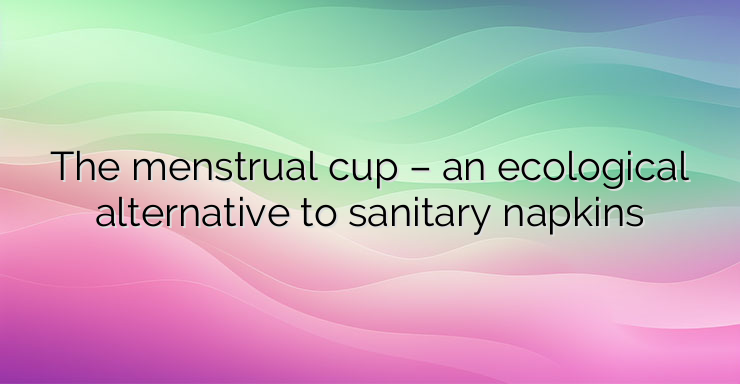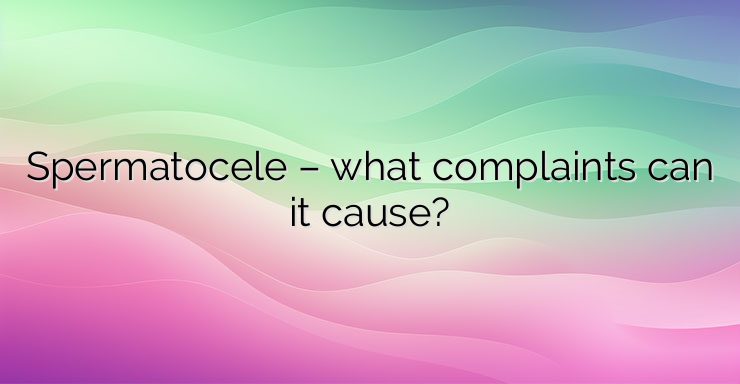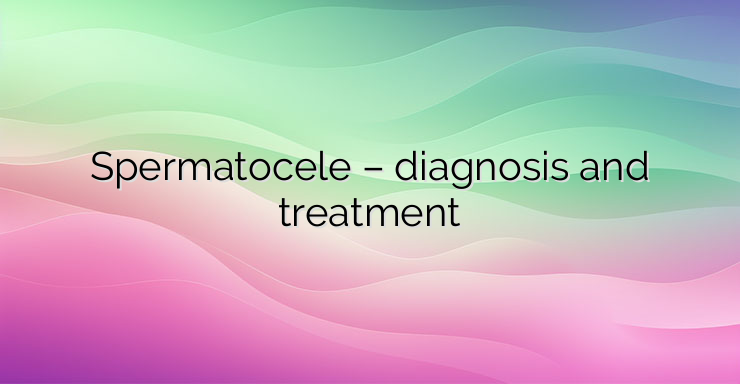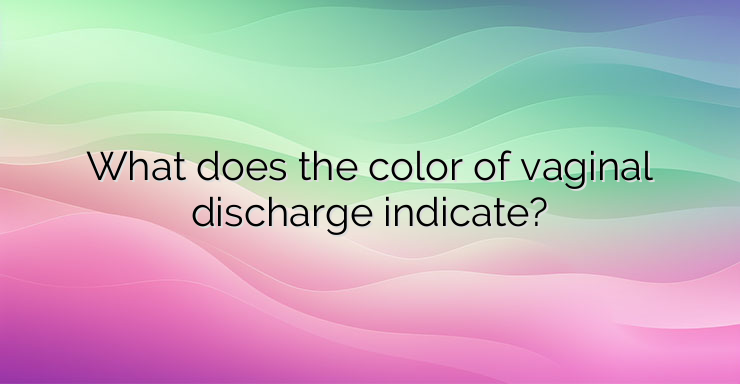Blog TrustedTablets pharmacy
-

The menstrual cup – an ecological alternative to sanitary napkins
A menstrual cup is a small, flexible, funnel-shaped cup made of rubber or silicone that is inserted into the vagina during menstruation to collect menstrual blood. Cups are mostly reusable, but there are also single-use varieties. They are most often chosen as an ecological alternative to tampons and sanitary napkins, and in some cases also…
-

Abdominal cramps in men – what can be done?
Abdominal cramps in men can be caused by either an underlying disease or an acute medical problem. Such conditions can be: Inflammatory bowel disease Inflammatory bowel diseases are chronic conditions characterized by exacerbations that cause damage to the gastrointestinal tract. The two types of inflammatory bowel disease are Crohn’s disease and ulcerative colitis. Both diseases…
-

Normal blood in women is not the known normal
Current recommendations for normal blood pressure are 120 to 80 mmHg. A review of several studies shows that a one-size-fits-all approach to men’s and women’s health can be dangerous and prevent timely measures against cardiovascular disease, American experts believe. In the analysis, a group of scientists from the US and Finland looked at data from…
-

Endometriosis – what are the theories about its occurrence and are there any risk factors?
Endometriosis is a chronic inflammatory disease in which there is a proliferation of endometrial glands and stroma outside the uterine cavity. It occurs in about 10 to 15% of women of reproductive age and in 70% of those with chronic pelvic pain. Endometriosis is one of the main causes of infertility of unexplained origin, and…
-

Spermatocele – what complaints can it cause?
What is a spermatocele? A spermatocele is often a painless, benign cyst that occurs near the testicle. It may also be referred to as a spermatic or epididymal cyst. The cyst forms in the epididymis (testicle). The epididymis is located on the back edge of the testicle and is a strongly folded channel. The cyst…
-

Inguinal hernia – what are the signs and symptoms?
An inguinal hernia occurs in the abdomen near the groin area. Hernias develop when fatty or intestinal tissue passes through a weakness in the abdominal wall near the right or left inguinal canal. The inguinal canal is an inclined slit. Each inguinal canal contains an upper wall, which is limited by the ends of the…
-

Spermatocele – diagnosis and treatment
A spermatocele is an extratesticular cyst that develops in the epididymis (testis), the small, coiled tube located at the top of the testicle that collects and transports sperm. A spermatocele is a benign mass that is usually painless, and the cyst is often filled with a white or clear fluid that may contain dead sperm.…
-

What does the color of vaginal discharge indicate?
Vaginal discharge is a secretion that is secreted by the cervical glands and the glands located around the entrance to the vagina. Physiological vaginal discharge is clear, transparent, without characteristic color and odor. Its main function is protective, maintaining an acidic environment in the vagina (pH 3.5-4.2) and a relative balance between the beneficial Döderlein…
-

Testicular atrophy – how does it manifest itself?
What is testicular atrophy? Testicular atrophy means shrinkage of the testicles (testicles), the two male sex glands located in the scrotum. The primary function of the scrotum is to regulate the temperature of the testicles, which it does by contracting in response to cold temperatures and relaxing in response to warmer temperatures. This can sometimes…